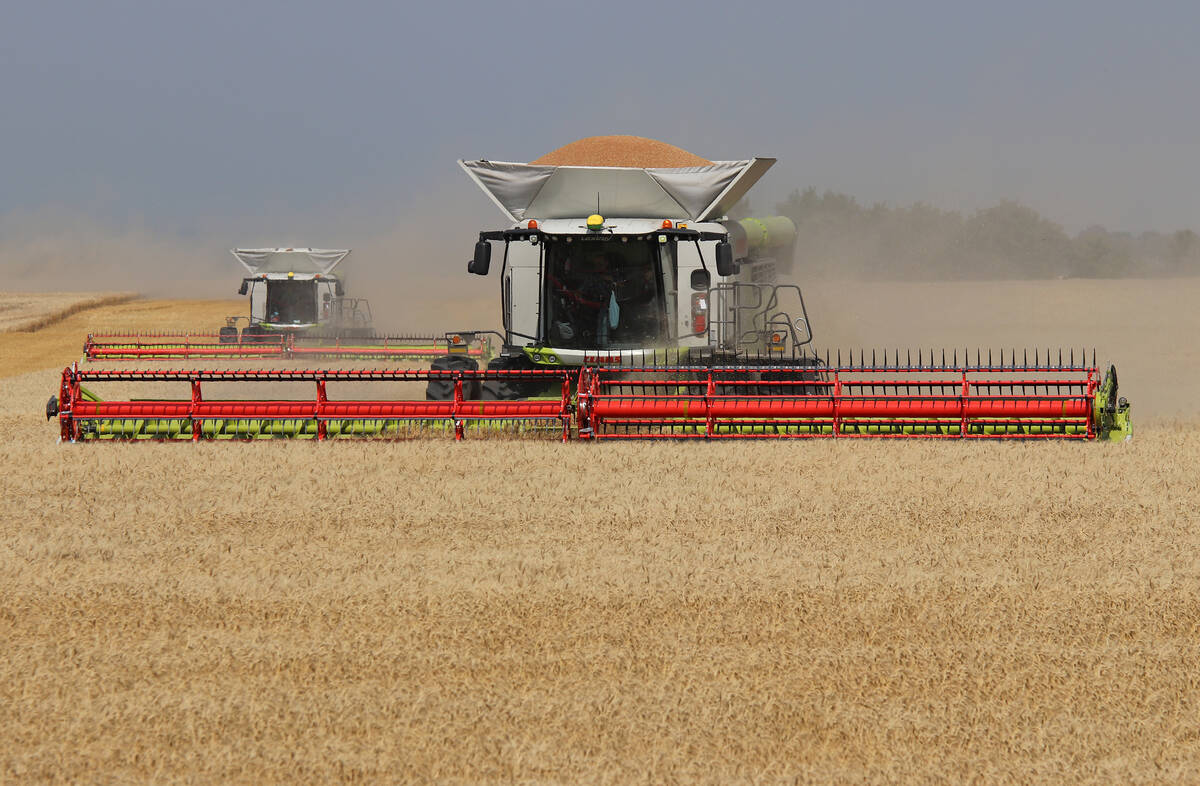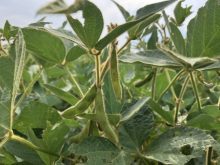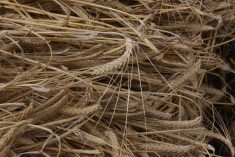Western corn belt dry | Subsoil moisture is needed to sustain crop if rainfall is lacking during the growing season
Corn futures prices indicate the market is counting on a big rebound in U.S. production this year, but some analysts worry about poor subsoil moisture conditions.
The December corn contract at the Chicago Board of Trade closed at $5.5025 per bushel Feb. 25.
Last week, the U.S. Department of Agriculture predicted an average 2013-14 corn price of $4.80 per bu. based on its yield projection of 163.6 bu. per acre.
Elwynn Taylor, extension climatologist at Iowa State University, said the forecast is based on normal growing conditions, but conditions are far from normal heading into spring.
Read Also

China’s grain imports have slumped big-time
China purchased just over 20 million tonnes of wheat, corn, barley and sorghum last year, that is well below the 60 million tonnes purchased in 2021-22.
Subsoil moisture has not been replenished in an area of the corn belt west of Interstate 35, which runs from Minneapolis, Minnesota, through Kansas City, Missouri, and down to Dallas, Texas.
Corn and soybean roots that typically extend 1.5 metres into the subsoil went down 2.5 metres last year searching for scarce water during one of the worst U.S. droughts in recorded history.
Subsoil typically stores five centimetres of plant available water per 30 cm of soil, which means many parts of the corn belt required 40 to 45 cm of precipitation between last October and mid-May to return the ground to a full soil moisture profile.
The western corn belt never receives that much moisture in winter and early spring.
“We know it’s not going to be fully recharged,” said Taylor.
Grain market analysts such as Allendale, which is forecasting a 157 bu. per acre corn crop, say there is no correlation between early season subsoil moisture and yields.
Joe Glauber, the USDA’s chief economist, echoed that sentiment. He recently told U.S. Senate lawmakers that early season moisture levels are a “poor predictor” of corn yields. Farmers in Iowa harvested above average corn yields half of the time that they started out with low subsoil moisture levels over the past 60 years, he added.
Taylor strongly disagreed. He said corn and soybean crops require 50 cm of moisture to produce an average crop in the western corn belt. Those crops can get half of that moisture from the subsoil if it is fully recharged.
He said crops get half of the moisture they require from the soil one out of every three years, which makes reduced yields inevitable if there is a moisture deficit.
The USDA forecast is calling for trend line yields plus an extra 2.5 bu. per acre. Taylor is counting on yields falling between last year’s 123 bu. crop and the trend line of 160 bu.
He arrived at his forecast of an average yield of 147 bu. by picking the middle point and adding a bit more, giving the crop the benefit of the doubt.
Corn prices will be a lot higher than what is signalled in today’s December futures contract if Taylor is right, which will elevate most other grain, oilseed and special crop prices.
Taylor said precipitation hasn’t historically recovered to normal in the year following a year when rain was as scant as it was in 2012, which is what the USDA is counting on in its baseline forecast.
“It just never has.”
Bruce Burnett, CWB weather and crop specialist, said there’s a reason farmers pay up to $15,000 per acre for farmland in the corn belt.
“It’s an area of fairly reliable precipitation,” he said.
“During the growing season, the expectation is that you’re going to get the moisture that you need to grow that crop.”
Burnett has analyzed rainfall data and determined there’s about an 85 percent probability that a grower in Illinois will receive the optimal moisture he needs to grow a crop. However, in stark contrast is a winter wheat grower in western Kansas who has a 10 to 15 percent chance of getting the precipitation he needs for his moisture-starved crop.
The catch is that the rain has to fall at exactly the right time if there’s little available subsoil moisture on which to rely. A hot, dry spell during the first three weeks of July could severely diminish yield prospects, even if a month’s worth of rain falls in the final week.
“The people who are saying that we don’t have to worry about subsoil moisture are planning on the precipitation to be very evenly distributed throughout this entire year,” said Burnett.
“Some years that happens. Some years it doesn’t.”
That’s why he’s “taking the under” on the USDA’s 163.6 bu. estimate.
Burnett also said a large part of the predicted increase in harvested corn acres is happening in fringe areas such as North Dakota, where yields tend to be lower than they are in the corn belt.
He also anticipates lower yields for much of the irrigated corn acres in Texas, Oklahoma and Kansas because water reserves have been depleted and planting is set to begin in two to three weeks.
Despite his reservations about the U.S. meeting trend line yields, Burnett doesn’t anticipate a repeat of 2012 because the odds are in favour of the corn belt region seeing a return to adequate precipitation levels.
















